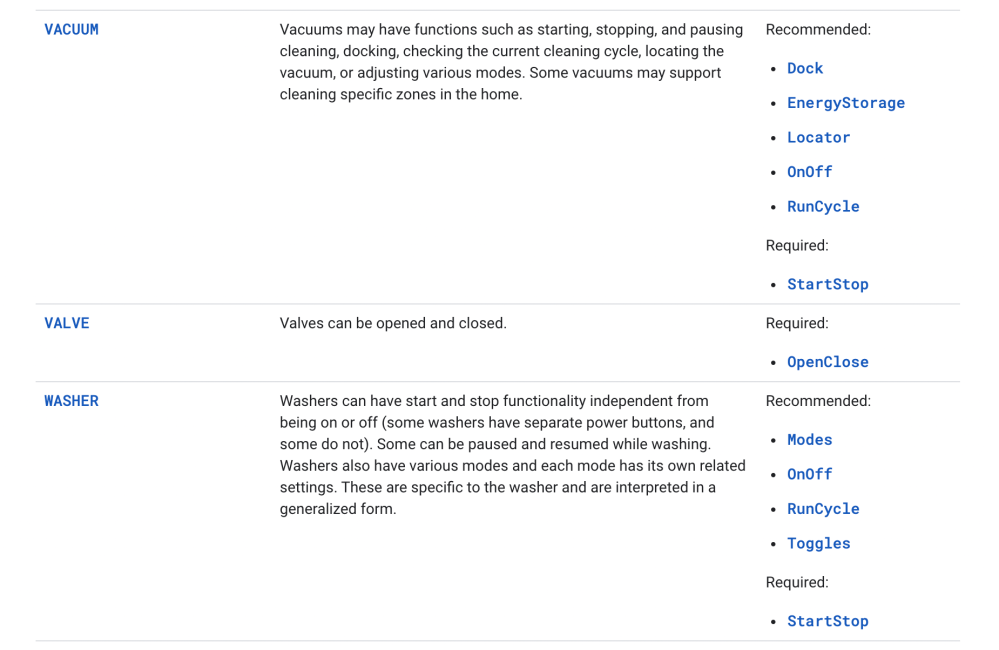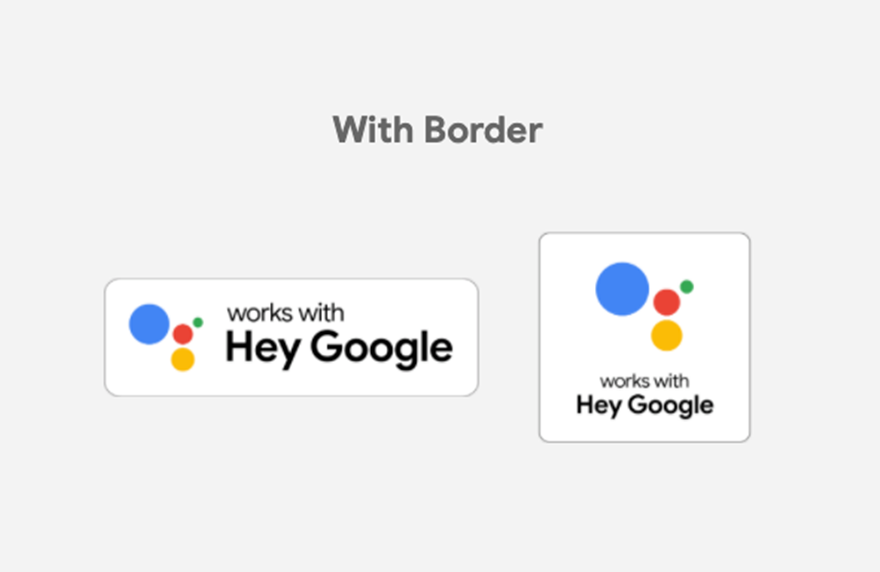
Google Assistant capabilities created by third-parties, including developers integrating smart home devices, are known as “Actions.” The company today announced an updated Google Assistant Actions policy that introduces device quality and safety guidelines.
Google wants to ensure “reliable and timely responses” when you ask Assistant on your phone, speakers, and Smart Displays to control connected smart home devices.
As such, it’s mandating minimum latency and reliability metrics for each device type (i.e. blinds, coffee makers, and vacuums, etc). To ensure speed and consistent control, “all cloud controlled smart devices need to maintain a persistent connection through a hub or the device itself, and cannot rely on mobile devices and tablets.”
All device types now have required and recommended traits. For example, Google requires air conditioners to have the ability for users (via Assistant) to turn it on/off, but also recommends that manufacturers allow for remote/voice control of fan speed.
By implementing these within an Action, developers can ensure their end users can trigger devices in a consistent manner and access the full range of device capabilities. To assist you in ensuring your Action is compliant with the updated policy, the Test Suite testing tool will now more clearly flag any device type or trait issues.

On the safety and security front, there must be “secondary user verification” for sensitive Actions that unlock a door or “set a device in an unprotected state.” That said:
Once configured with a secondary verification method, developers can provide users a way to opt out of this flow. For any developer wishing to include an opt-out selection to their customers, we have provided a warning message template to ensure users understand the security implications for turning this feature off.
Similarly, cooking appliances and other similar devices that “may pose heightened safety risks” must have UL certificates or similar certification.

Developers must meet these requirements to use the Works With ‘Hey Google’ badge on their products. If not, “any digital assets using the badge will need to be updated to remove the badge by the end of 2021.” A grace period for all these new Google Assistant device guidelines is in effect until April 12:
With the roll-out today, there will be a 1 month grace period for developers to update new integrations to match the new policy requirements. For Actions currently deployed to production, compliance will be evaluated when the Action is recertified. Once integrations have been certified and launched to production, Actions will need to be recertified annually, or any time new devices or device functionality is added to the Action.
More about Google Assistant:
- Google Home Essentials: Nexx adds Assistant to your garage door, no subscription needed
- Google Assistant gains open support for smart home doorbells
- Google Assistant for enterprise Workspace users on Android is exiting beta
Author: Abner Li
Source: 9TO5Google



